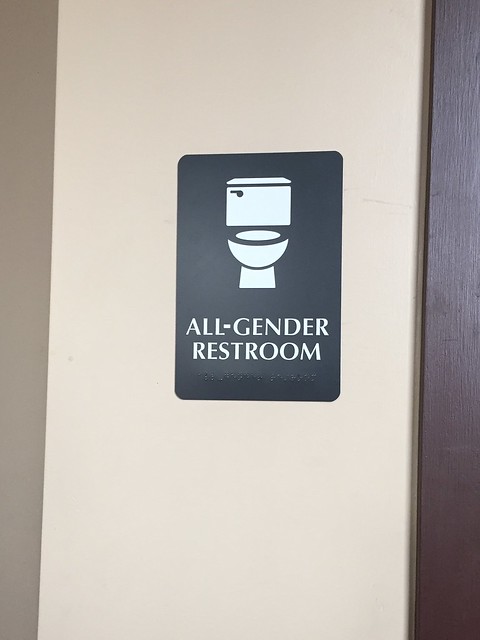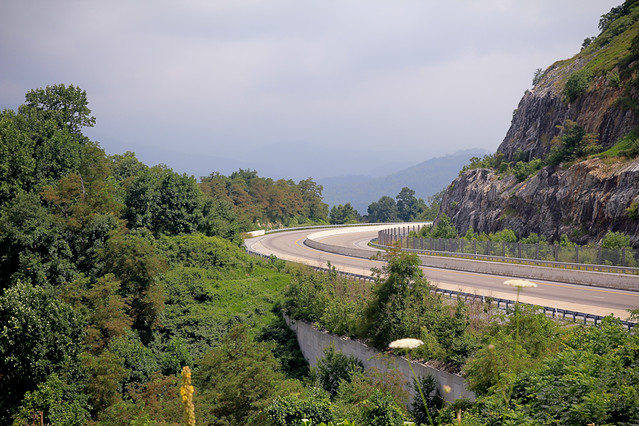
Monuments tell the story of a people. Overlooking the town of Sylva, North Carolina, stands a Confederate War Memorial. The statue was erected in 1915, at the height of Jim Crow in the South. Bands played and dignitaries came from as far away as Asheville. The copper soldier stands guard atop a stone base in front of the courthouse, with a commanding view of the town below.
If you read Cold Mountain (or saw the movie), then you know that the people who lived on the slopes of the Blue Ridge were reluctant participants in the Civil War, for the conflict brought nothing but chaos, murder and starvation to this remote corner of North Carolina. It took decades to recover. Northern money brought the region back, as Sylva became a manufacturing center, its paper mill belching white smoke even today.
I’ve been coming to the region for twenty years, ever since friends moved here from Florida – a very common story. The mountains are filled with Floridians retiring from Florida to North Carolina.
Trump supporters are proud of a map colored red, all those counties away from the coasts voting for a new kind of war against the federal government.
But the red states are red just barely. In Asheville, which went for Clinton, restaurants and coffee shops make a point in identifying their bathrooms as “all-gender,” appalled by their legislature’s bumbling efforts to regulate toilets.
The cities and towns are blue, while the rural areas are red. A man who worked in a remote valley said that people just assumed that he voted for Trump. After all, he was in his 60s and white. But he didn’t. Old enough to remember segregation, he recognized wrong then and he recognized it now.
“We fought the Civil War once already,” he told me, not interested in another red versus blue battle.
On the way home, I took I-26, a four-lane highway soaring over the Eastern Continental Divide and down into the green valleys of Tennessee. It’s a monument to the genius of America, with passages blasted through granite and tons of concrete used to create ramps and bridges, allowing me to drive 70 mph over mountains that formed an impassable barrier during the Civil War.
I nearly had the road to myself, just me and a few other drivers enjoying the monumental views of the Blue Ridge. Where other generations valued segregation and identity, our generation values progress, as memorialized in the monuments that we build. Rather than casting bronze renditions of a lost cause, we’re connecting cities with all-weather highways.
When I was in North Carolina, I kept being asked, “What’s going on in DC?” Even in the mountains, people recognized that calamity in the nation’s capital would eventually touch their lives.
Retirees can only afford to live in these red counties with Social Security. The federal government battles the opioid epidemic that plagues trailer parks in the hollows. Highways like I-26 are only possible due to a much-maligned administrative bureaucracy.
Government is a monument that some would tear down upon themselves, happier to live among the rubble. That’s what taking back America means to them. Like those who precipitated the Civil War, they would rather see the country burn than change.
Monuments like the one in Sylva represent the past. Those who cling to these symbols want to return this country to the days of segregation and oppression. If you truly want to make America great, then it is government that you must support. It’s the monument that we all depend upon – and one that we build together.

